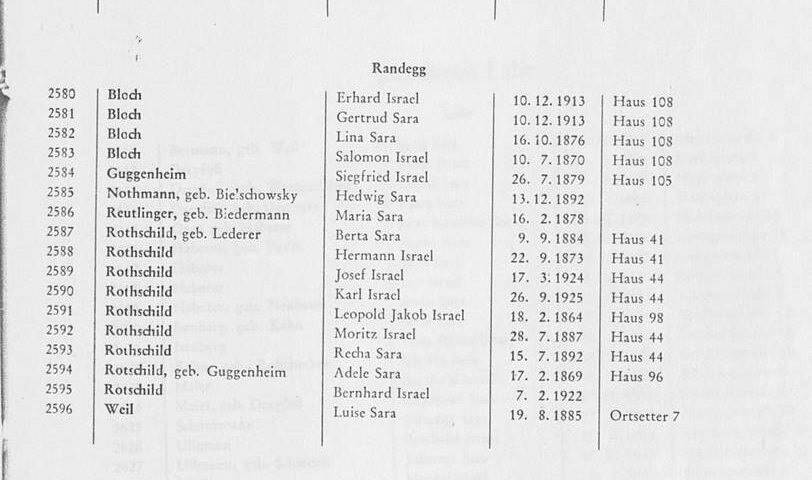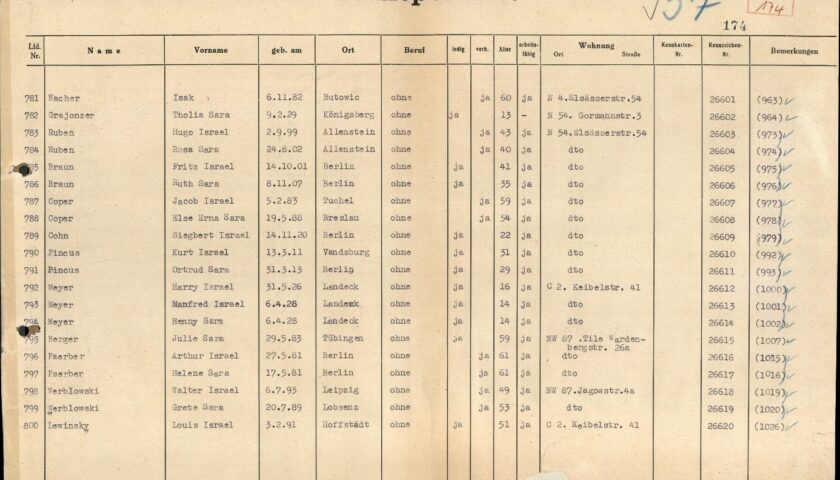Juliette Eckstein with Wolfgang Sannwald
The Tübingen District Archives recently acquired a banknote for 50 kroner in antiquarian form. With this object, it documents living conditions in the ghetto concentration camp, which was particularly important for the district of Tübingen. Theresienstadt was the destination for most of the Jews who were deported from the district to the Holocaust.
The note was issued “on 1 January 1943” in Theresienstadt. It was issued by “The Elder of the Jews in Theresienstadt Jakob Edelstein”. This was the first issue of “ghetto money” of the Jewish self-administration, which the superior German camp administration had set up. However, the appearance described as a “receipt” is deceptive.
The prisoners were paid in this currency, for example, their “wages” for work they were forced to do. This money was only valid in the ghetto. Those who escaped could do nothing with it outside the guarded camp.
But even in the camp itself, the money had practically no value. For there were hardly any offers there. The “shops” offered as “goods” what the camp administration had taken from deportees on their arrival and things from the estates of deceased persons. New goods were not for sale.
Anyone who wanted to buy a pair of – used – shoes also had to apply to the camp’s self-administration for a “special purchase voucher”. Only when the self-administration had approved the application could applicants, in theory, get a pair of shoes.
In practice, however, it often took weeks or months before a (suitable) pair of shoes came into stock. In extreme cases, someone had to die or a new deportation transport had to arrive before the “shop” had something suitable. Not infrequently, the approved ration coupon had already expired. The survivor H.G. Adler described shoes, winter coats, summer and winter dresses or jumpers as “luxury goods”. Not only were they scarce, but even worse many deportees experienced that they did not get enough even for basic needs, especially food was lacking.
Ghetto money was thus a deceptive pretence in more ways than one.
The article was written as part of the seminar “Biographical Work in Remembrance Culture” by Prof. Wolfgang Sannwald at the Ludwig Uhland Institute for Empirical Cultural Studies in the summer semester 2020. Adler, H. G. Theresienstadt 1941 – 1945. The most important source was the research and account of a survivor: Adler, H. G.: Theresienstadt 1941-1945. The Face of a Forced Community. Tübingen 1955.
Ev0 20200001 en
Categories: History, Remembrance culture




